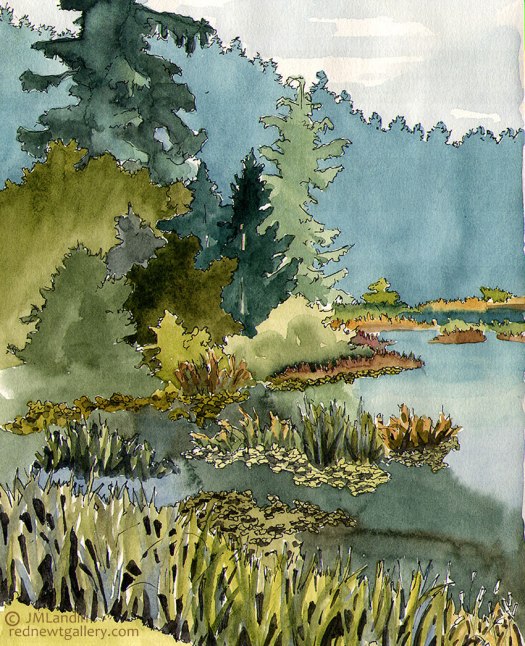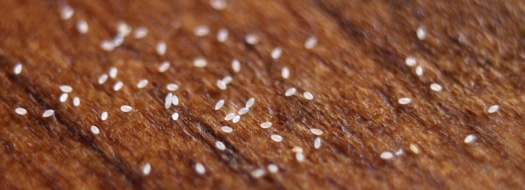
This map project (for the corpse flower bloom event) has fertilized my love of greenhouses and my admiration for the people who make them blossom.
Greenhouses remind me of libraries – and I adore libraries. If you’ve read Susan Orlean’s The Library Book, you understand that a library is like a wise, old, introverted friend. Not a know-it-all braggart, out to prove something. But someone who willingly helps answer any question you have, as long as you ask and take the time to listen to the answer.
Greenhouses also hold and conserve vast amounts of knowledge. They’re quiet, helpful, and friendly – like the people who work there. There’s even a couple of books about them, though not nearly as popular as The Library Book.
In 1980, an expert in greenhouse history (van den Muijzenberg) estimated that greenhouses enclosed 75,000 acres (~30,000 hectares). A quarter of those greenhouses stood in the Netherlands. The earliest documented “greenhouse” used oiled cloth, rather than glass, to keep cucumber plants growing year-round in Rome.
I think I’ll have a cucumber salad to celebrate.








